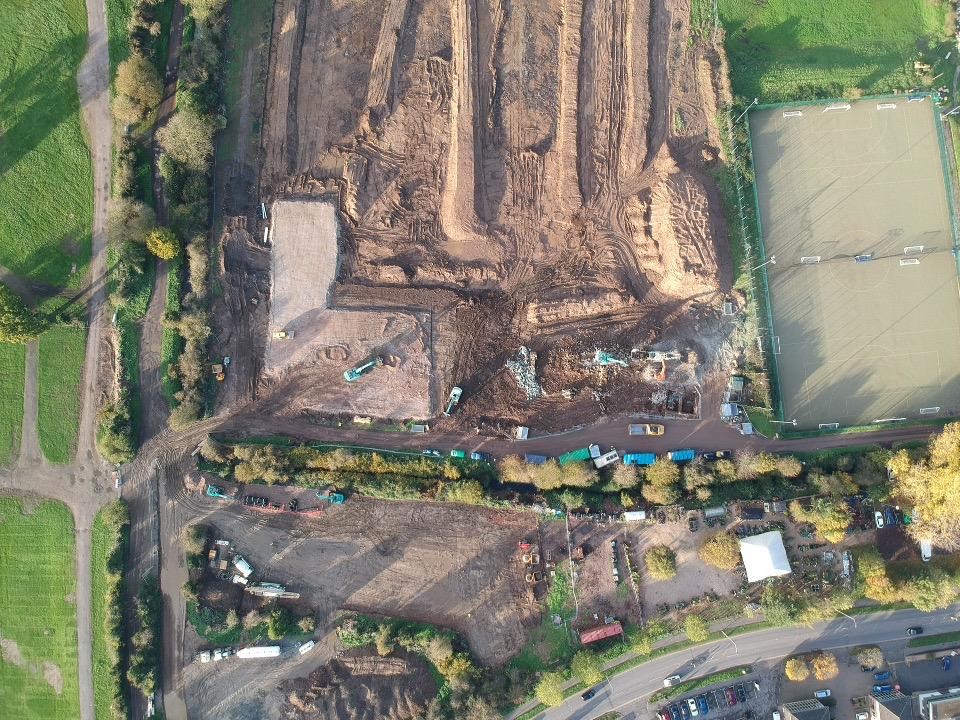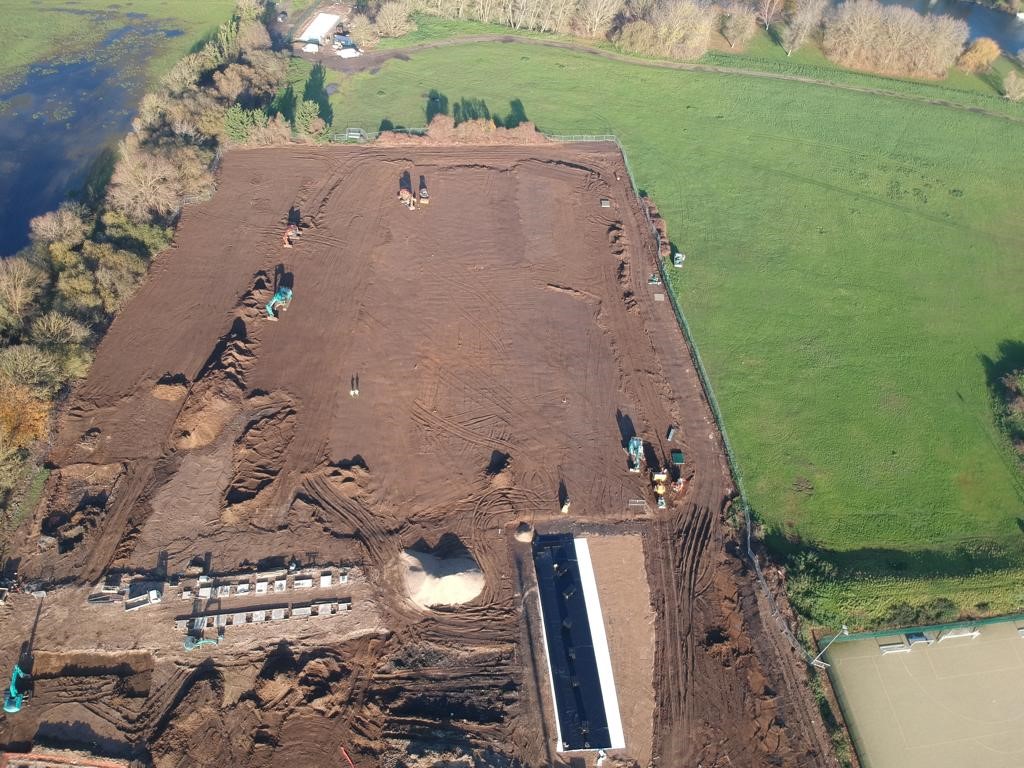This website uses cookies so that we can provide you with the best user experience possible. Cookie information is stored in your browser and performs functions such as recognising you when you return to our website and helping our team to understand which sections of the website you find most interesting and useful.
RIVER ACADEMY
Opened in 2023, River Academy provides much needed school places for 1500 pupils.
The site was owned by Reading Borough Council and is bounded to the west by farmland used for the Reading Festival, to the south by a triangle of land that is currently used by Festival Republic for access and logistics to the main festival site and the Caversham Bridge Garden Centre. The River Thames and adjacent green space lies directly to the north of the site boundary.
To achieve the aim of a new school, redevelopment of the land had to take place. This included de-risking the land from human health risk perspective so a school could be built on top, along with managing the land in a way that reduced the flood risk, rather than push the problem further downstream.
Project Achievements
- Delivering significant environmental betterment as successes were achieved
- Challenge business as usual practice and the Environment Agency on their application of CL:aire Code of Practice to enable sustainable reuse of capping material
Successfully retaining capping material – saving at least 50% of material, 24,000 m3 of material that would traditionally have to be landfilled under current legislation and business practices - Successfully retaining capping material – saving at least 50% of material, 24,000 m3 of material that would traditionally have to be landfilled under current legislation and business practices
- Carbon savings and removal of vehicles from road – approximately 1,600 vehicle movements for waste removal
- Delivering value engineering for our client that meant that they won the project on the basis that it bought the project within budget
The land is within a flood risk zone 3 (the highest flood risk category, meaning which means the land is highly vulnerable to flooding). There was also a gas risk from the existing landfill that also had to be managed.
Planning was approved with conditions for Flood risk management and contamination land, initial investigations were completed, and Ashfield were bought on board to do further investigation and a Remediation Strategy.
Because the Academy is to be built on an old landfill, you would usually have to raise the ground up further, which was not possible due to the flood risk. Therefore, we needed to come up with a challenging strategy to deliver project.
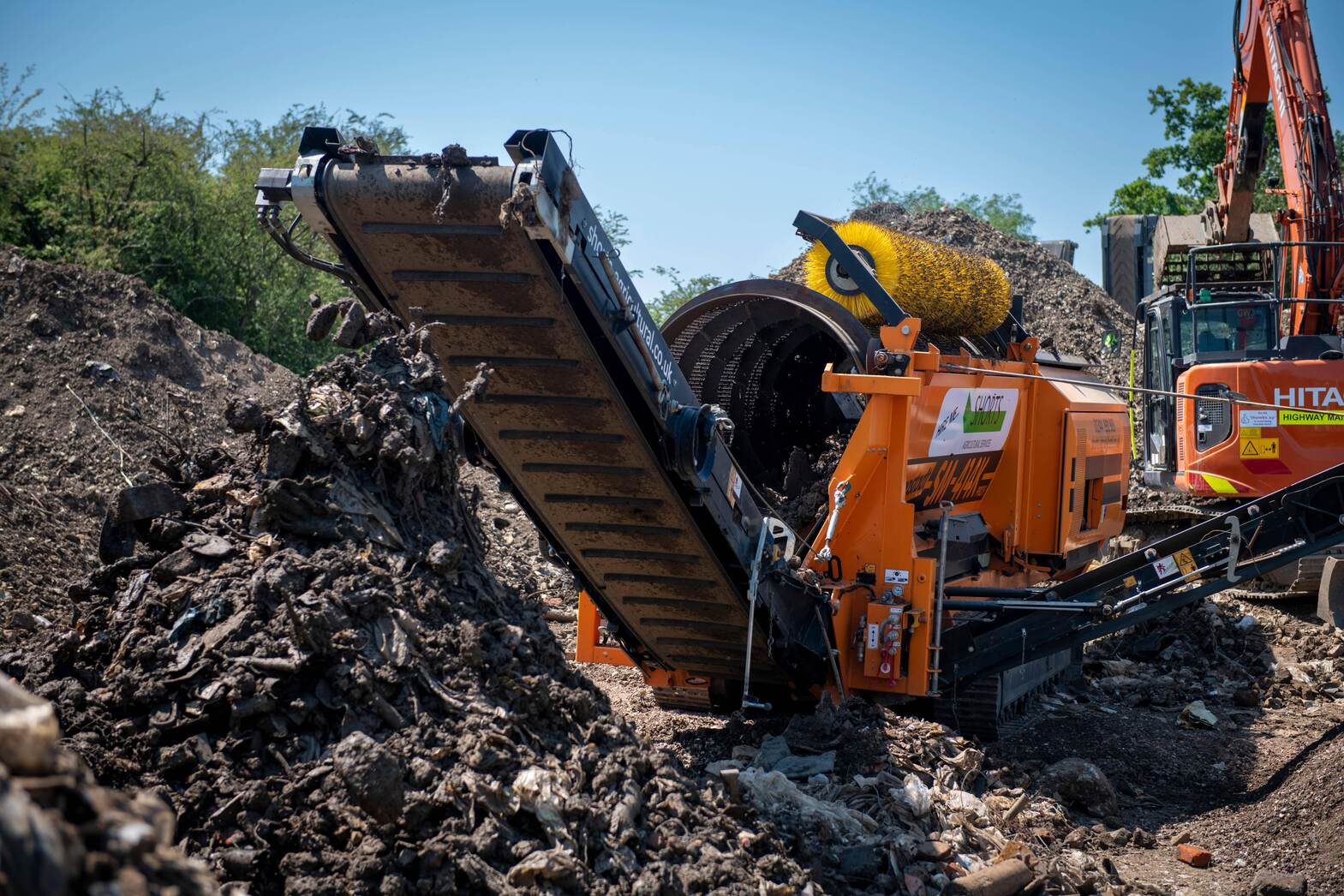
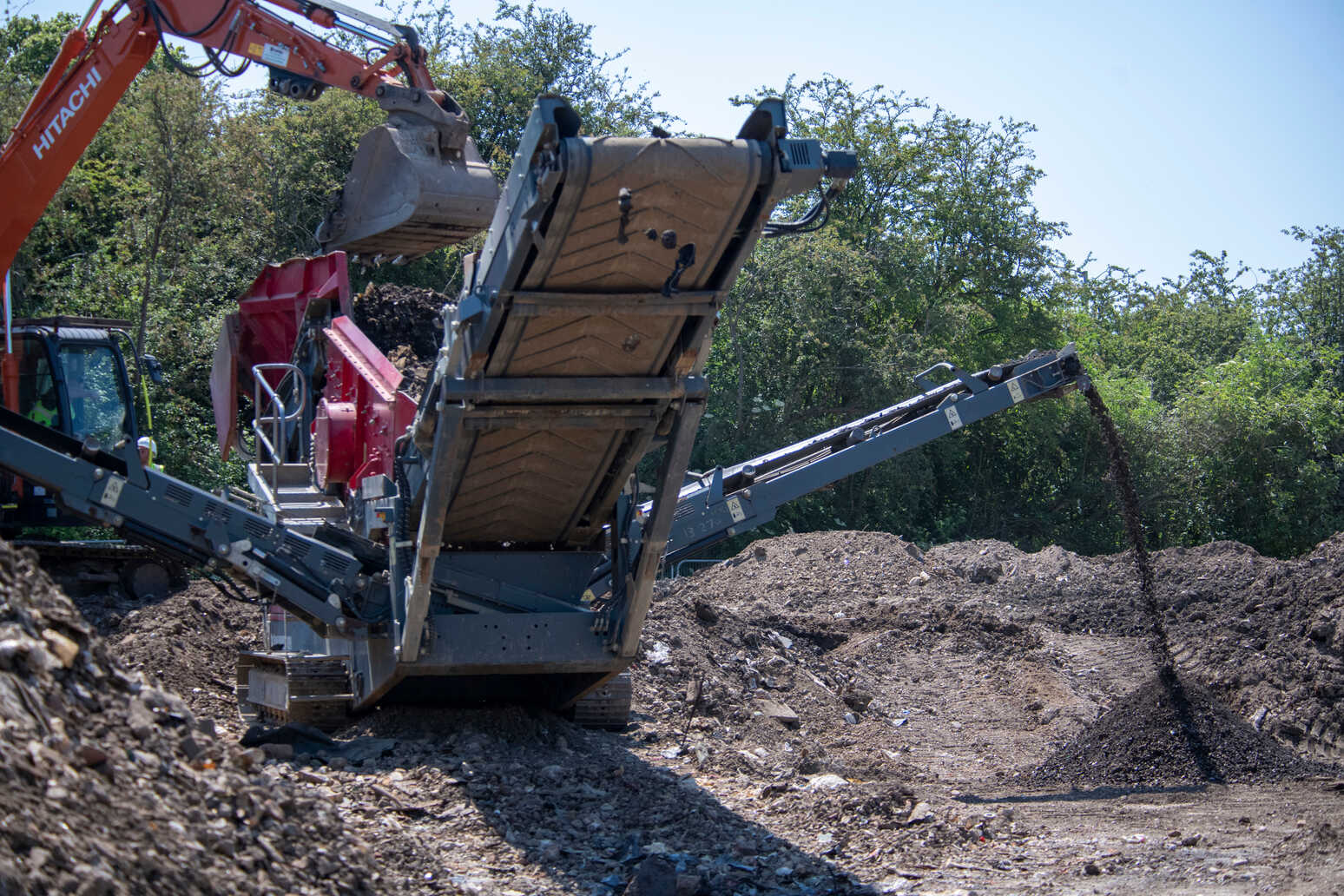
Toureen were engaged, who had the same aspirations as Ashfield on wanting to deliver the project to the highest sustainable standard whilst overcoming the significant project challenges. The original plan was to dig 600mm that would go for waste and import capping to de-risk the land. However, this involves a significant amount of waste removal works and then importation of new material to make the land suitable for future use by school.
Toureen and Ashfield believed that it could be done better and more sustainably. In collaboration, our teams came up with an enhanced plan and took on a 50% cost risk on remediating the land, which meant that if Toureen and Ashfield’s plan failed we would be at a loss, but if it was successful then the project would pay for itself. We also hoped that we would be able to take this learning and apply it to future landfill redevelopment works so that they can be developed more sustainably.
The plan included reusing the capping layer of the landfill rather than disposing of it, as we knew this was the right and sustainable thing to do. This involved consultation with the Environment Agency to challenge the limitations of CL:aire Code of Practice. Cl:aire CoP shies away from former landfills as it works on the Waste Directive legislative framework that you have to prove material is not a waste. However historically it is generally considered that all waste at landfill has been waste, and you would need an Environmental Agency issued permit to remove the waste (which is a lengthy process often taking multiple years).
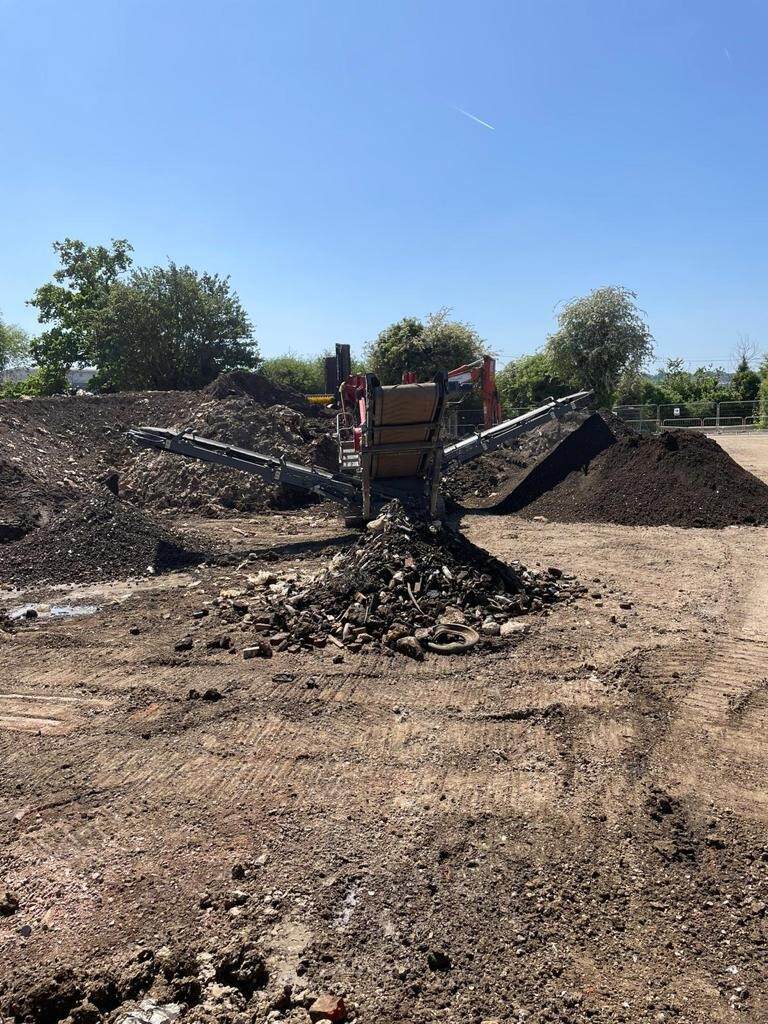
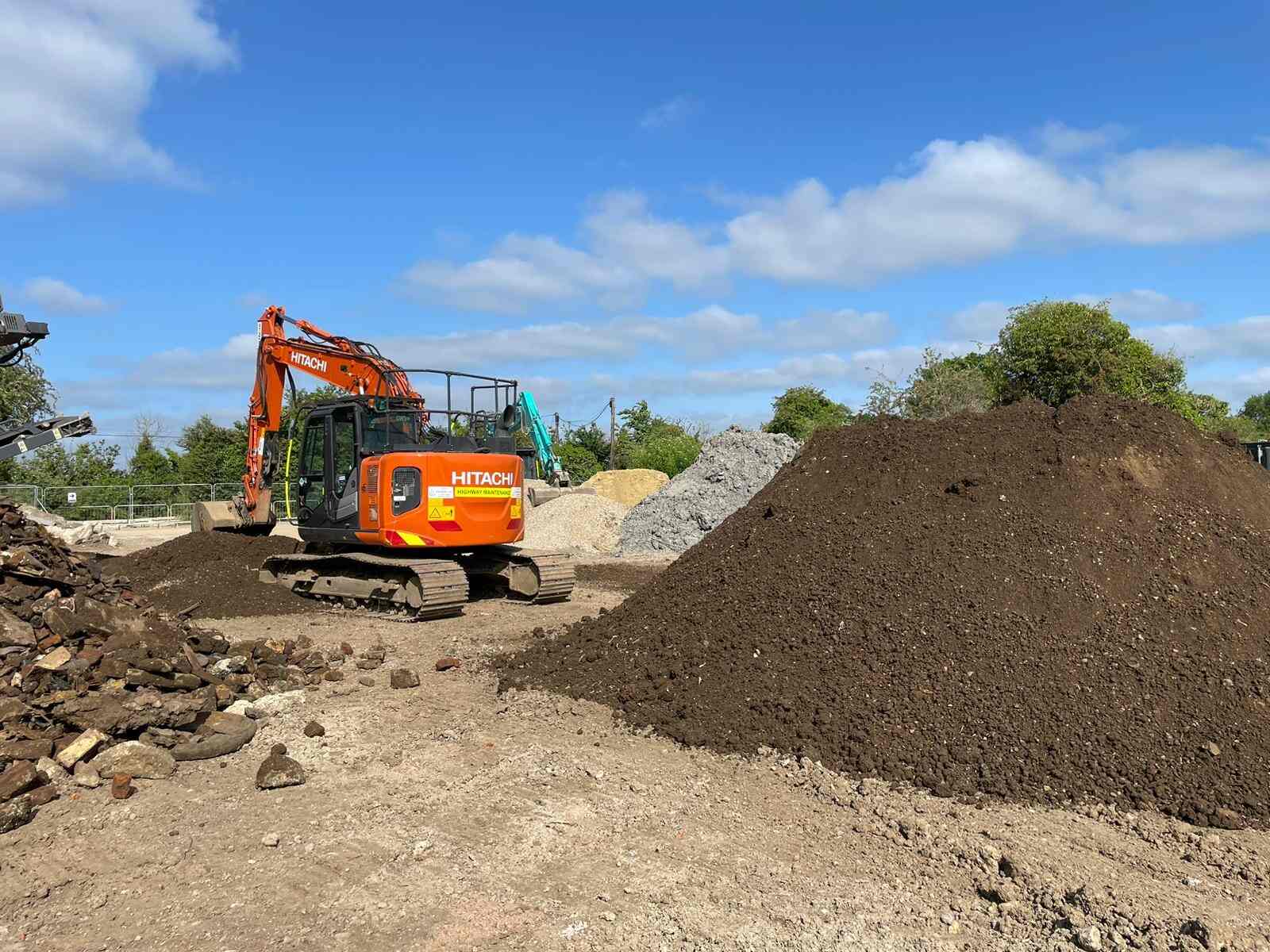
We successfully made the case that the capping material was bought to the landfill to serve engineering purpose to serve a job and therefore not a waste by legal definition. Without this sign-off by the EA the plan would not have been achievable.
A detailed site investigation detailed material movement tracking and labs with high accreditation. This was produced to get verification that the land could be signed off for use by higher risk end users (the Academy).
The managing of soils was very robust, stripping the capping layer, tracking materials, and performing rigorous testing above and beyond what is usually required, helped by the fact that Toureen holds a Mobile Treatment Licence.
The project encountered some challenges, but the strong collaboration with all parties involved overcame these – which ultimately led to the successful delivery of the project at significant environmental betterment on multiple fronts.
Flood Risk Assessment
A Flood Risk Assessment (FRA) and associated floodplain compensation design was required as part of the project design and planning process. The site is located within both Flood Zones 2 & 3 of the nearby River Thames. Careful consideration of the relationship of ground surface elevation, sports pitch design and falls, and underlying landfill cap was required throughout the design process. This was essential in being able to ensure EA requirements could be met, flood risk not increased off-site, and a cost-effective remediation strategy could be delivered as opposed to traditional methods.
One of the key design parameters included setting the building on ground beams which have voids in the beam configuration that allows flood water to enter at the design flood event. This was a necessary so the floodplain compensation volumes could be provided at all 200mm datum intervals up to and including the design flood level. A 300mm freeboard was provided between the design flood level and the underside of the school building makeup. The ground floor level of the school was designed to have a 710mm freeboard above the design flood level and 490mm freeboard above the 1 in 1000-year flood level. A Flood Warning & Evacuation Plan (FWEP) also supported the development proposals, outlining how residual flood risk in the locality can be managed prior to any projected flooding.
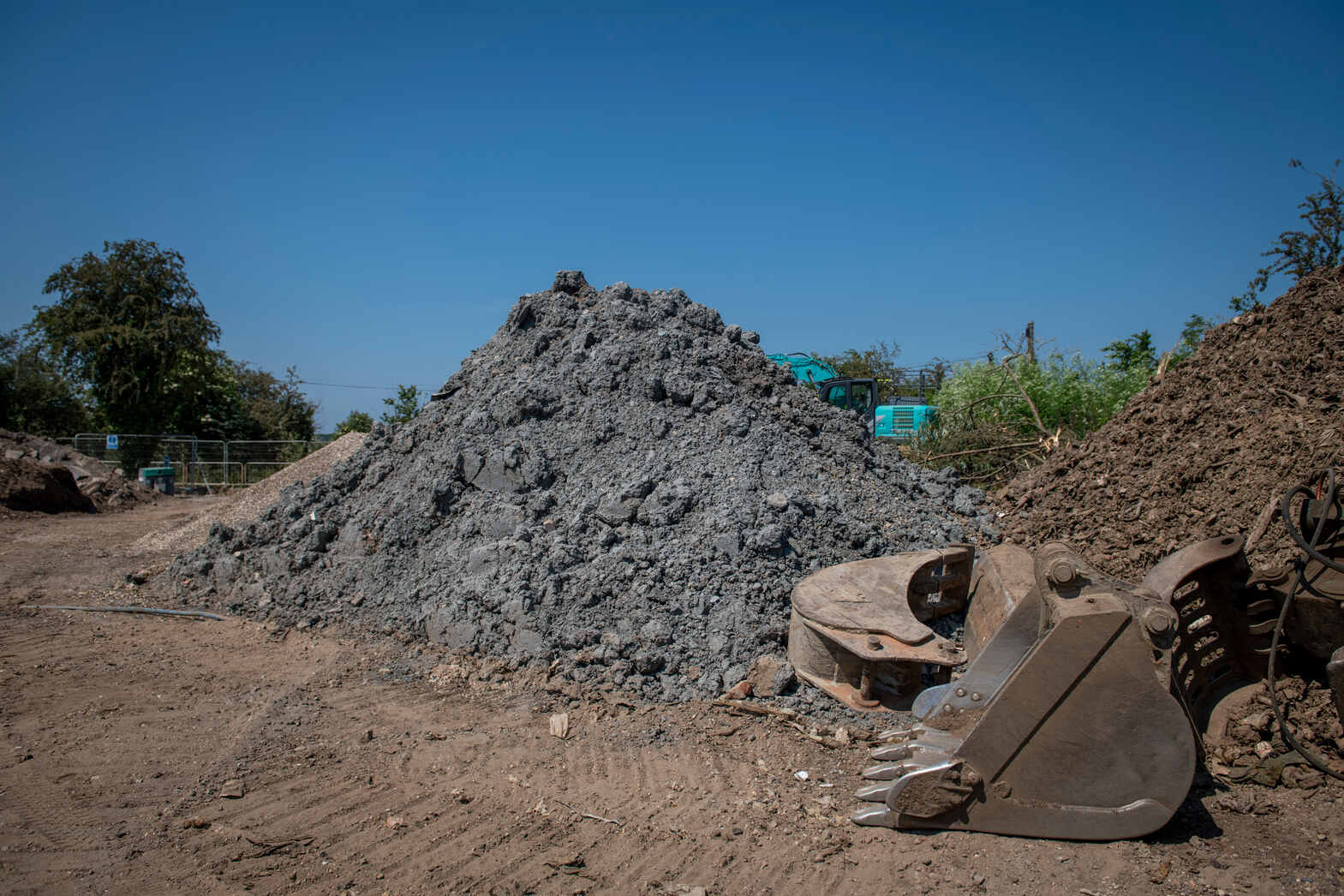
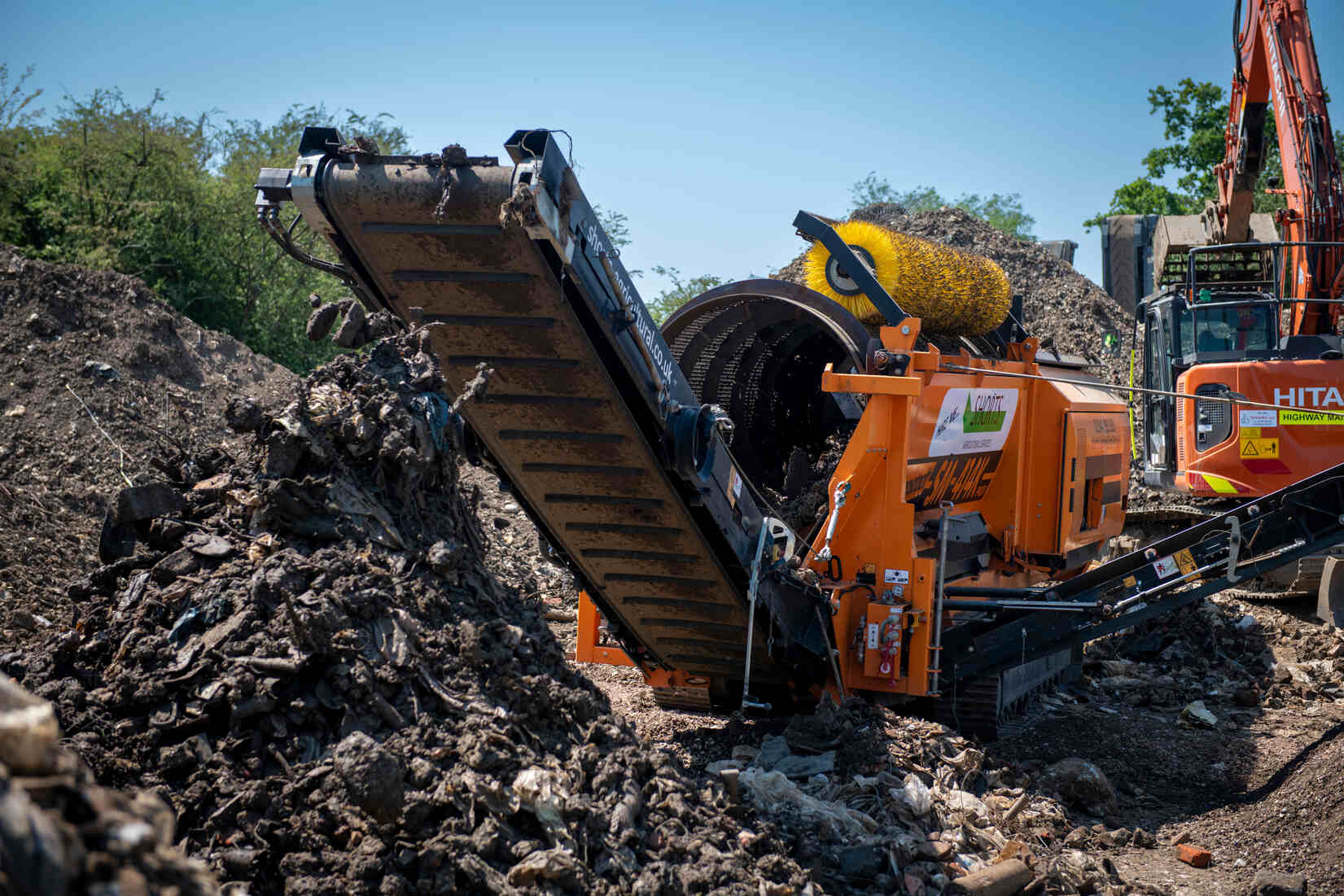
A key objective of the works was to maximise the re-use of excavated landfill capping soils generated by earthworks activities. The risk assessment demonstrated that the landfill capping soils would be suitable for retention within the development, subject to confirmation of chemical and physical suitability. There was a requirement for excavation into the landfill waste for some aspects of the development. The strategy assumed that all landfill waste generated by the works would not be suitable for retention within the development and would require appropriate off-site disposal.
A water quality monitoring strategy was prepared through liaison with the Environment Agency and was implemented during the earthworks to demonstrate that the works, specifically piling activities, did not have a detrimental effect on deeper groundwater with potential to impact the River Thames. The works involved the routine sampling from a number of groundwater monitoring wells and surface water ditches adjacent to the site. A piling risk assessment was also prepared for the works demonstrating a low overall risk from the adopted piling technique to the local water environment.
